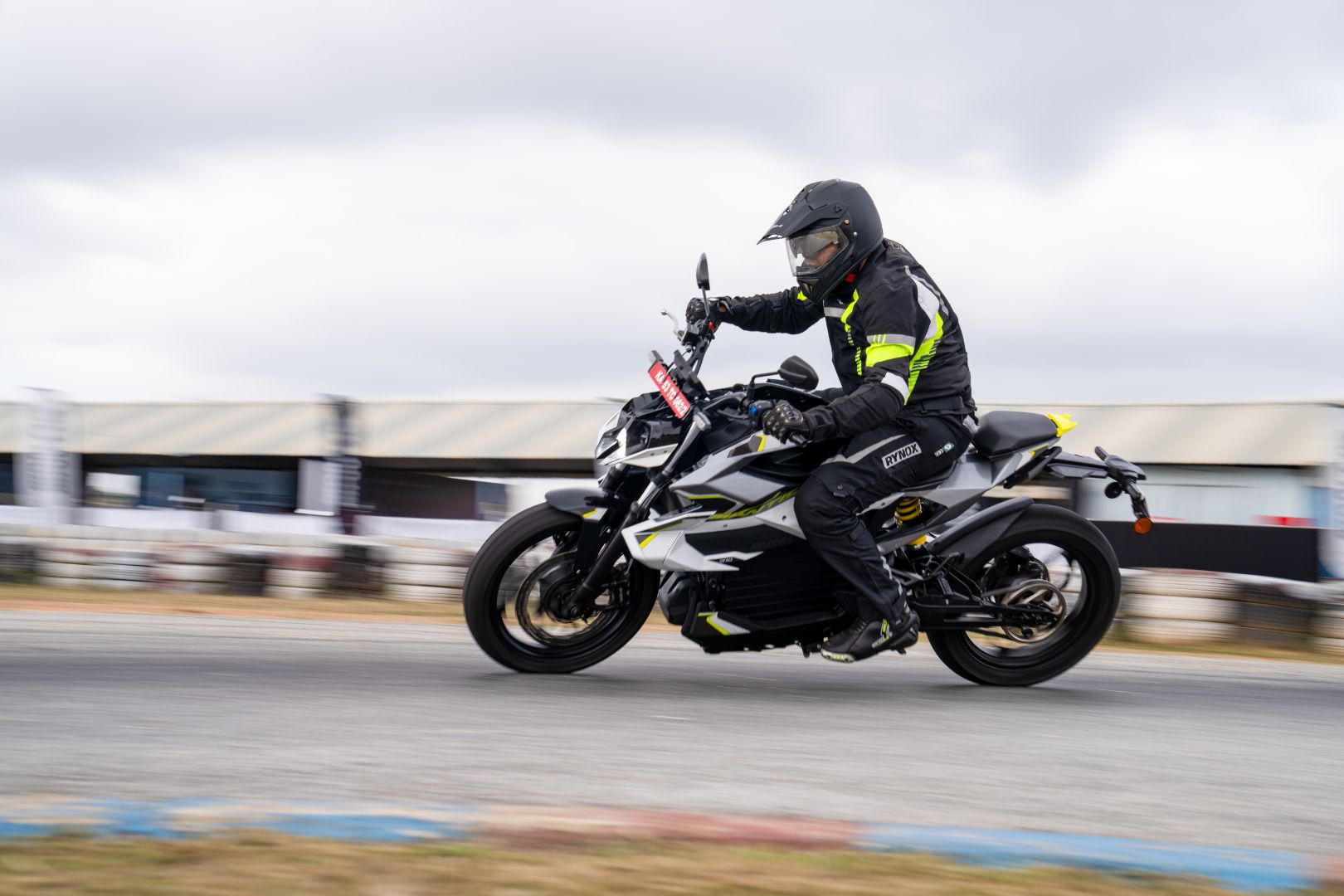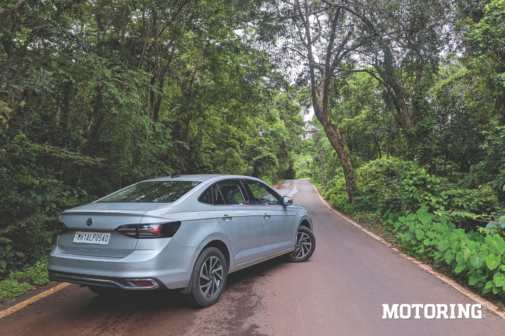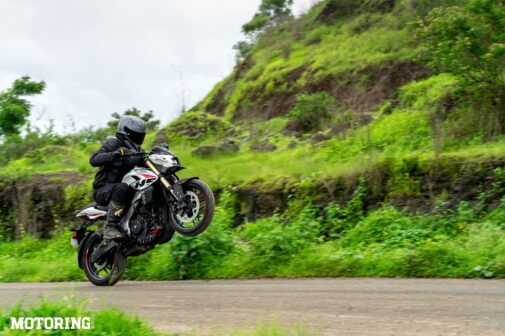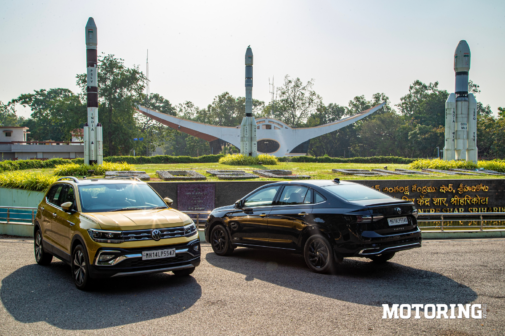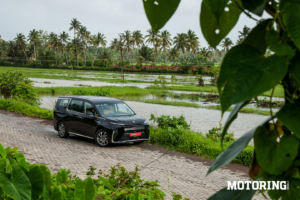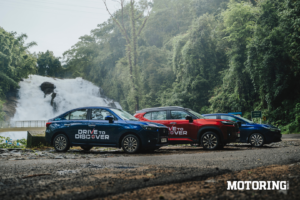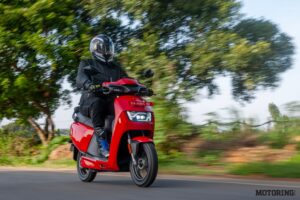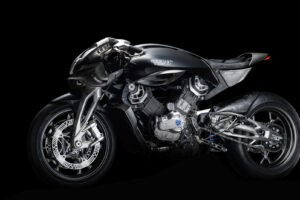Here’s something I should admit before starting with the review — while I’ve been privileged enough to drive a few cars over the last few weeks, I’ve been on a brief hiatus when it comes to two-wheels. Now, Orxa Energies is no stranger to the Indian two-wheeler industry and has been in existence since 2015. The origins of the Mantis go back to 2019, when it was first showcased at the India Bike Week.
This review is going to be a brief one, simply due to the fact that we were testing the motorcycle in a controlled environment, and got only five laps to ride it for, which isn’t enough to fully understand a motorcycle. As always, a potential EV owner has range and charging in his / her mind. Orxa says that the Mantis can cover a distance of 221 km with its 8.9 kWh battery pack. The unit we received was at 70 per cent, and by the end of our five laps, the range had dropped down by just one per cent, and that’s despite hard acceleration at the main straight. The corners did not warrant being attacked, but we’ll get there in a bit.
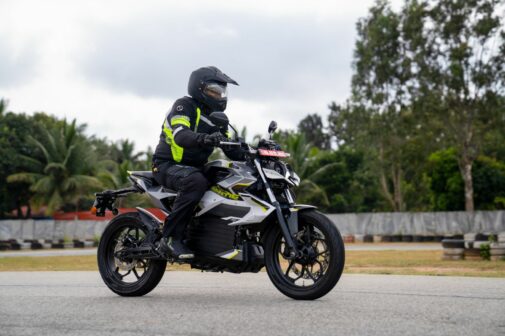
In terms of design, Orxa says that the Mantis is inspired by the praying mantis, and that’s visible when you see it up front. The headlamps get a twin-pod treatment, similar to the eyes of the creature it takes inspiration from. The Orxa Mantis features an aggressive, naked profile complete with sharp edges. The tank shrouds help it look muscular as well, and the rear might remind you of some motorcycles currently on sale, but it’s not a bad view for sure.
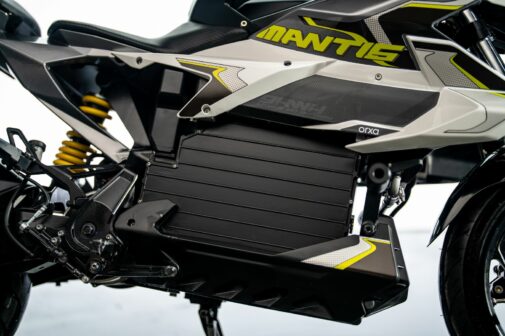
The Mantis feels well built, but there’s scope for improvement. I am not saying there are issues with the build quality, in fact it feels quite solid. However, the placement of the battery pack and the way the lower housing has been designed does raise a few questions in terms of tackling bad roads and certain speed breakers, even though ground clearance is rated at 180 mm. Also, the switchgear quality, while reasonable, isn’t exactly where I expected it to be. All that said, the Mantis feels better built than the dozens of Chinese products on the road.
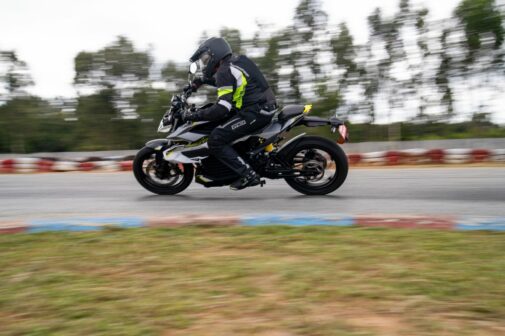
The seat height is rated at 815 mm. However, I had a somewhat difficult time getting astride the Mantis due to the wide tank and side panels. As a result, I could barely manage to tip-toe while sitting on it. For context, my height is 5 ft and 6 inches. While getting astride, the motorcycle felt centre-heavy. Tipping the motorcycle into corners wasn’t the easiest thing to do either, although that could also be attributed to my nervousness of riding on go-kart tracks. That said, the corners at the Meco Kartopia track also had some dirt lying around, resulting in me taking a wider line and going a bit slower. The regen also had a tendency to intervene quite aggressively, which was a bit unsettling at first, especially during cornering. As for ride quality, we cannot pass any judgment before testing it out in the real world, since Meco Kartopia is a rather smooth track in the first place.
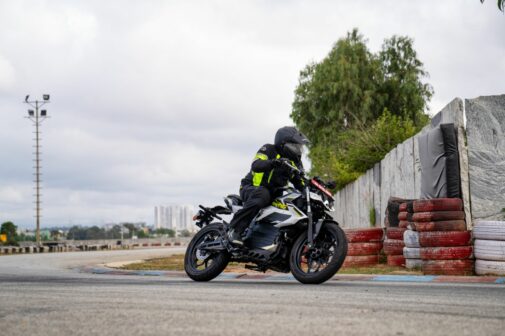
I am happy to say that the Mantis is rapid when it comes to acceleration, and I saw 70 kph coming up in the blink of an eye while blasting down the main straight, until I ran out of road, that is. Given the response I got from wringing the throttle hard enough, I believe overtaking in the real world should not be much of a problem, but again, a real-world review will help us paint a much clearer picture. Also, since there are no riding modes on offer, you don’t need to juggle between them each time. It’s difficult to say how beneficial it is (or not), but we believe most riders will prefer having at least an eco mode on hand when the situation calls for it.
While the Mantis gets disc brakes on both ends, it gets only single-channel ABS, which is a quite a big miss in my opinion, given that the Ultraviolette F77 gets dual-channel ABS, and its last known price was Rs 3.80 lakh (ex-showroom) — a margin of just Rs 20,000. It gets a disc-brake setup which works just fine and brings the motorcycle to a halt quite rapidly; in fact the brakes have enough bite to alarm you if you’re not totally focused, which you shouldn’t be in the first place but anyway, having a dual-channel ABS for this price tag would’ve added more value and given that extra security cushion.
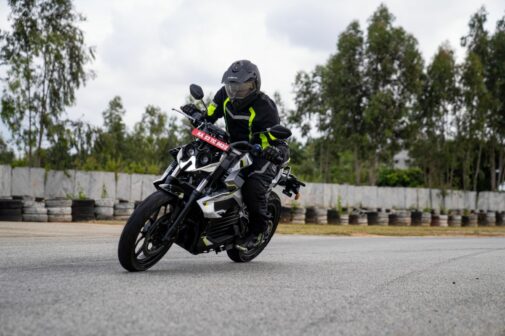
Here comes the big question — should you put your money on it? Let’s put it this way, the Orxa Mantis has a lot of potential. It’s got the looks, the performance (at least on the track), and it’s got the features which are considered a basic necessity these days, along with customizable themes, and analytics among others. However, the Rs 3.60 lakh (ex-showroom) price tag is rather steep for what the electric motorcycle is. Deliveries will begin from April 2024 onwards, with Bangalore being the first city, and more to follow soon. The Mantis could have been a potential option, but the steep price tag and lack of certain features take away that value proposition it needs to click in this segment.
Photos by Orxa Energies
AUTODATA
Orxa MantisPOWERTRAIN
Motor:
Battery:
Max Power:
Max Torque:
Liquid-cooled, BLDC
8.9 kWh
27.9 bhp
9.48 kgm
TYRES
F/R: 110/70-R17 / 130/70-R17
DIMENSIONS
Seat Height:
Wheelbase:
Ground Clearance:
Kerb Weight:
Range:
815 mm
1450 mm
180 mm
182 kg
221 km
PRICE
Rs 3.60 lakh (ex-showroom)





